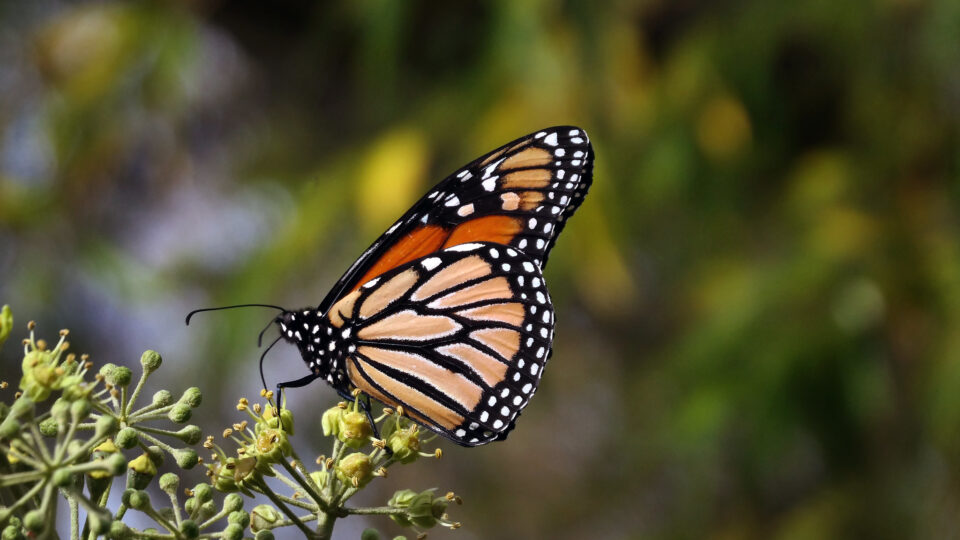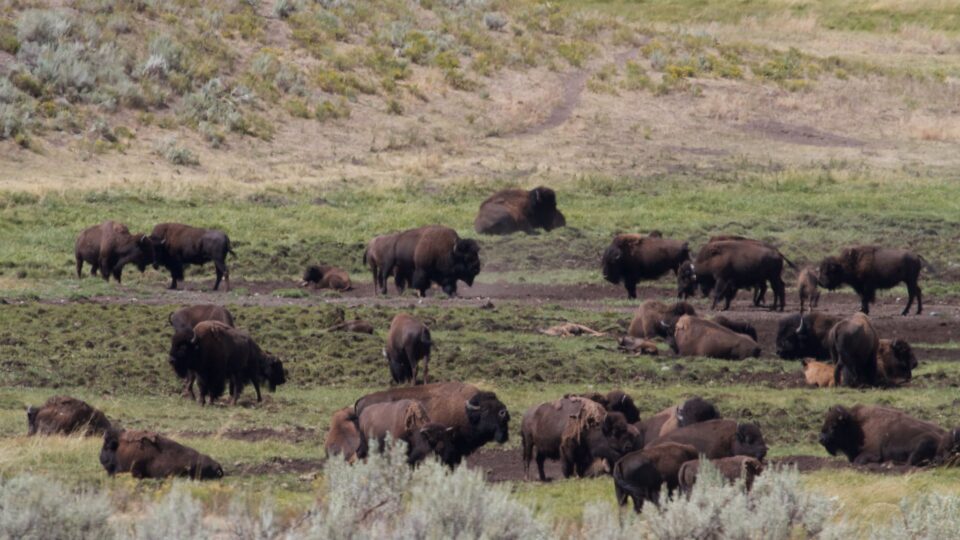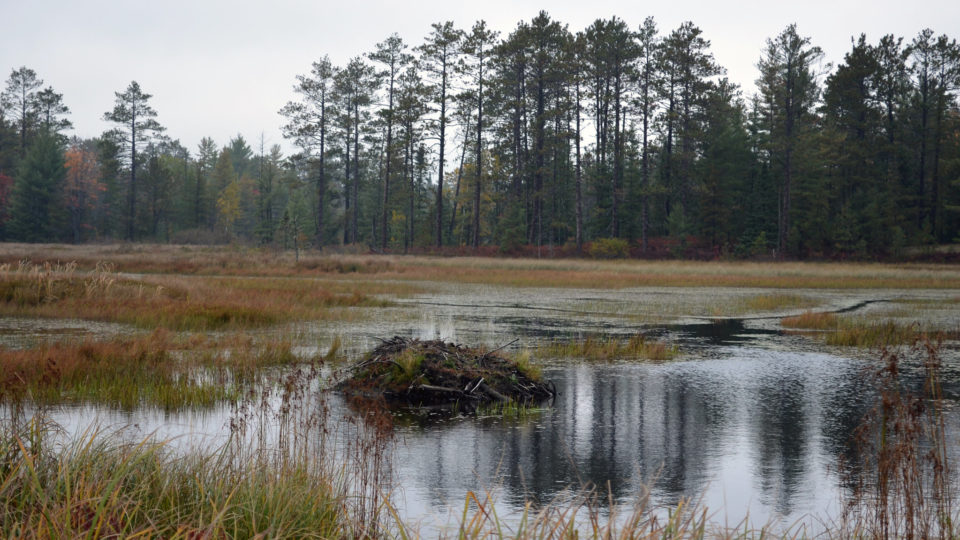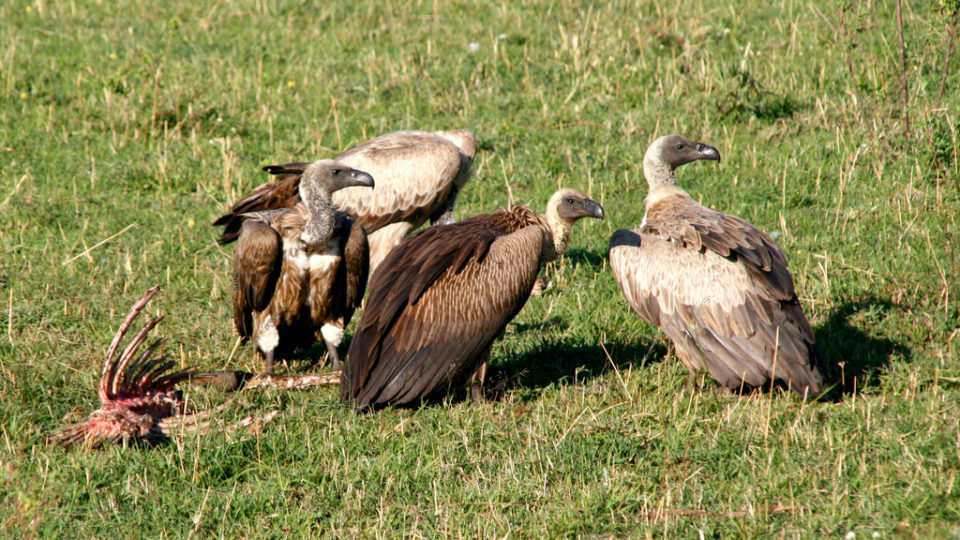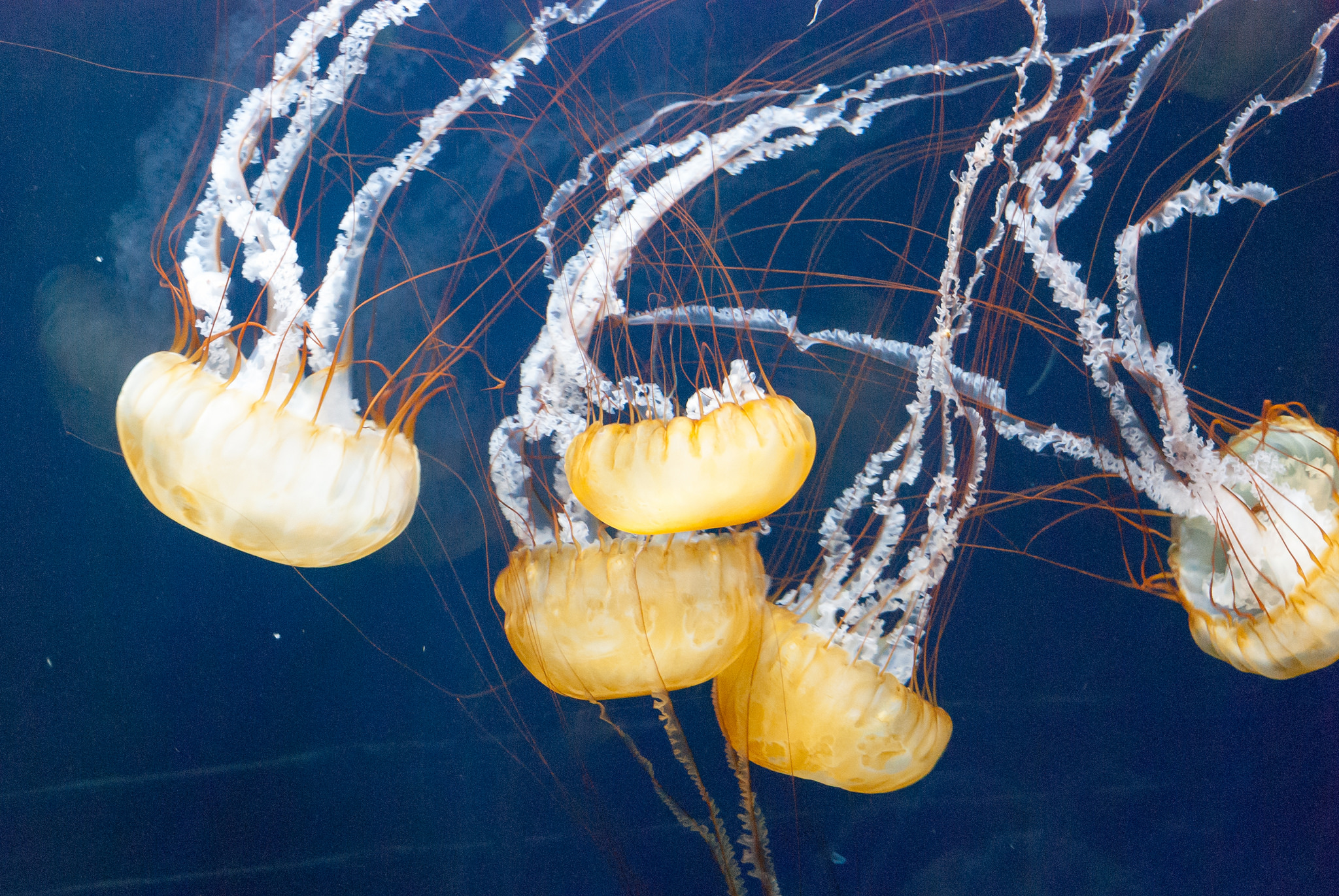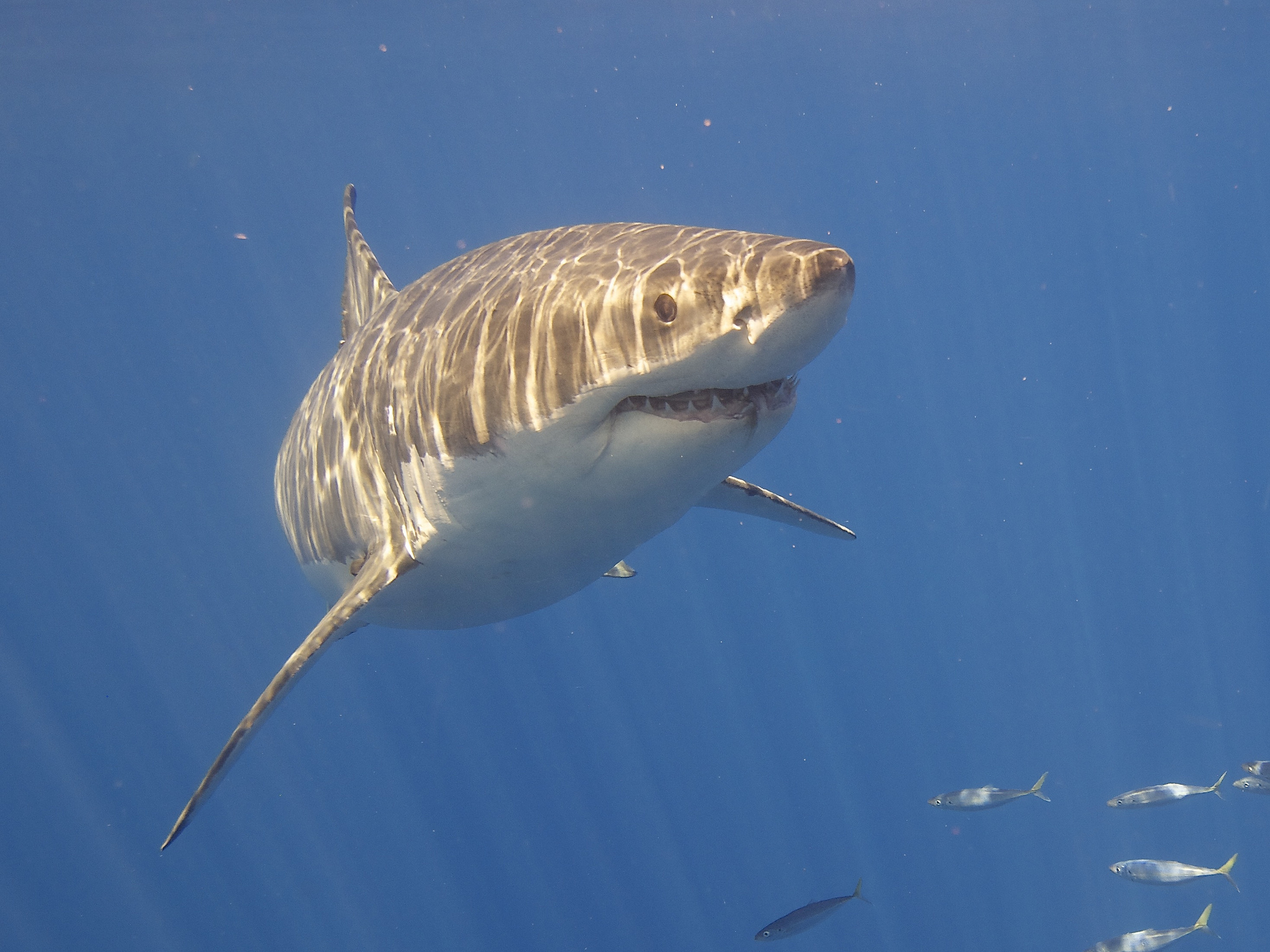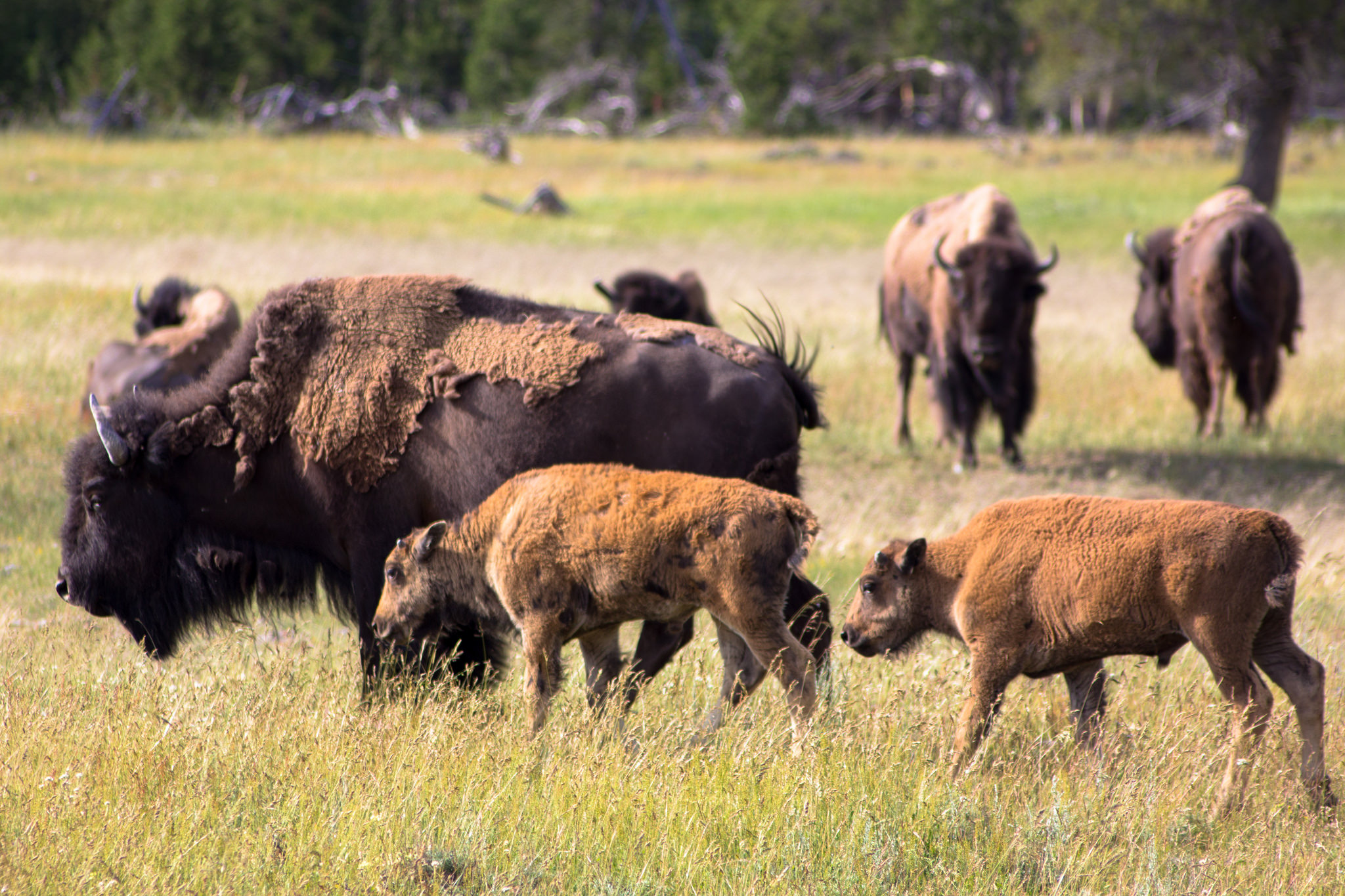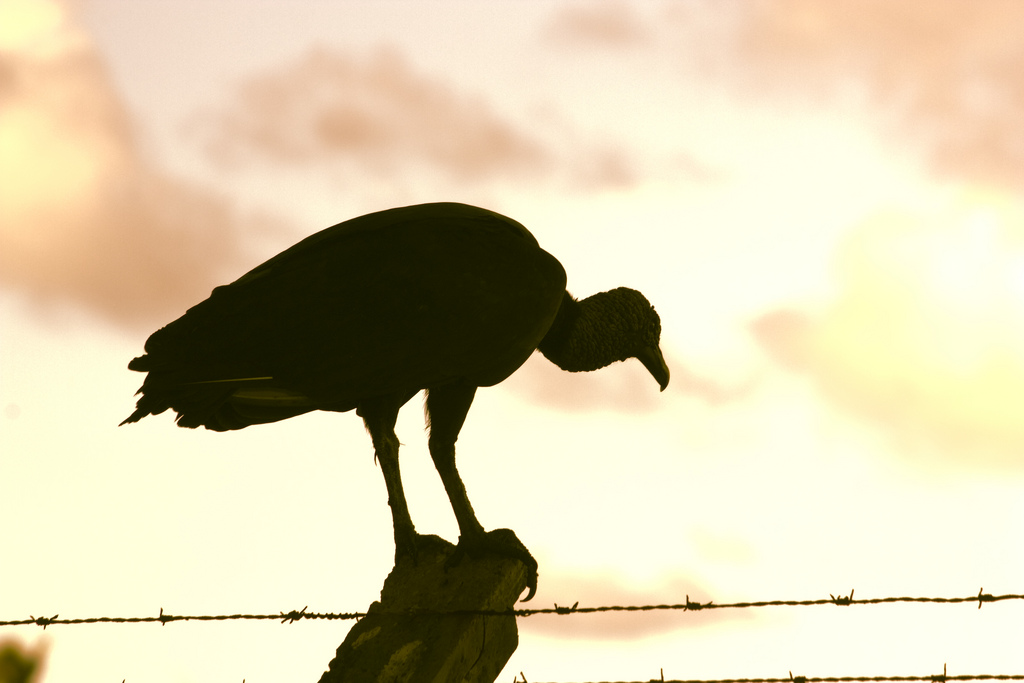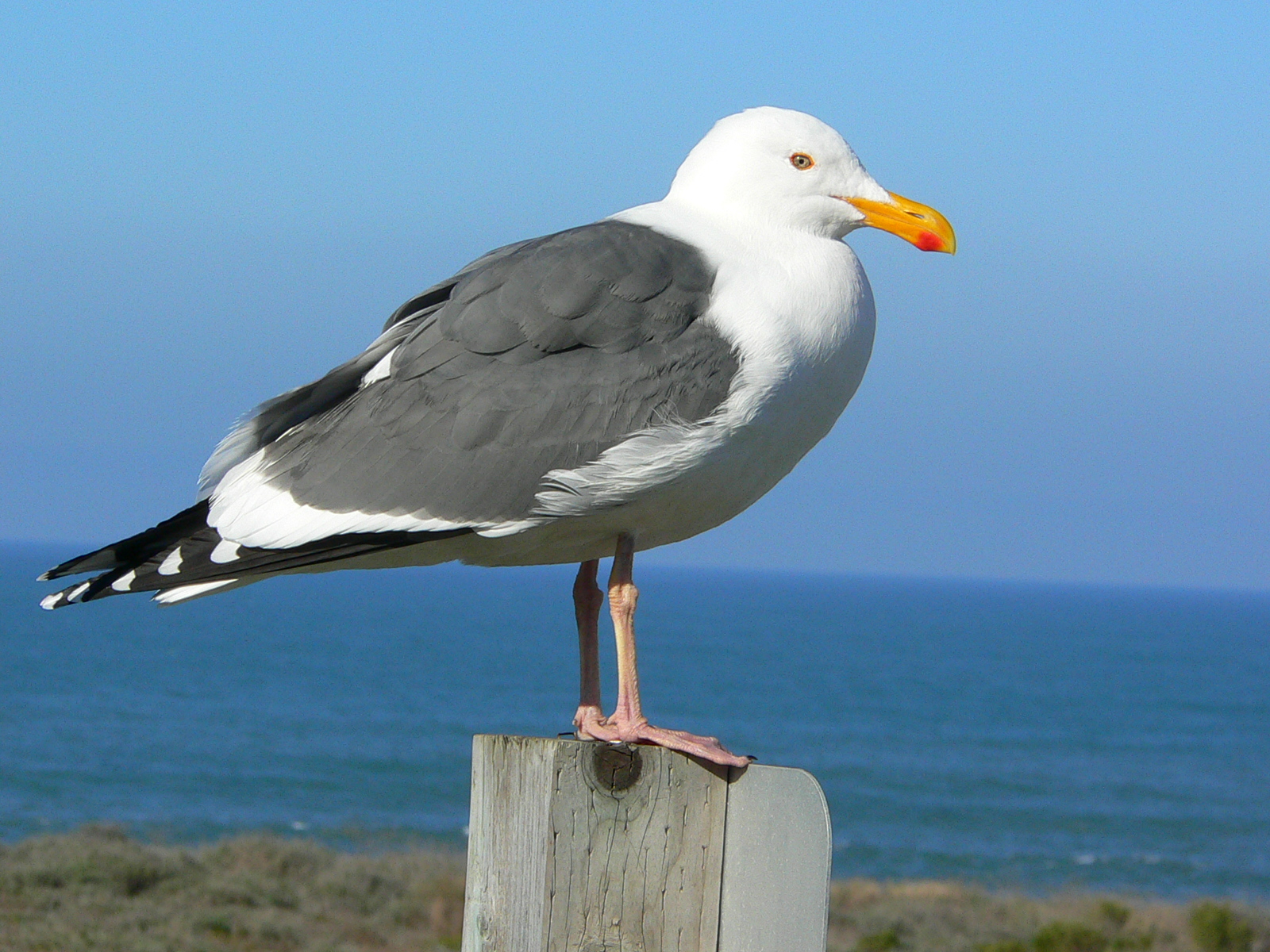According to a new report released by the World Wildlife Fund, global populations of mammals, birds, amphibians, reptiles, and fish have declined by 68% in less than half a century.
The report presents a comprehensive overview of the state of the natural world based on the tracking of almost 21,000 populations of more than 4,000 vertebrate species between 1970 and 2016.
The report shows that the main cause of the dramatic decline in species populations on land is habitat loss and degradation, which includes deforestation driven by food production. Additional factors include land-use change and the use and trade of wildlife.
Wildlife populations found in freshwater habitats have suffered a decline of 84%, which is the steepest decline in any biome.
Insect populations have declined rapidly in many places, but most of the information about insects comes from a small number of countries in the northern hemisphere. There is very little information from large parts of the world, such as Africa, South America, and Asia, where land-use change and agricultural expansion are happening fast. What happens to insects matters a lot to humanity. Insects play central roles in the world’s ecosystems as waste processors, pollinators, predators, and prey.
The report is clear evidence of the damage human activity is doing to the natural world. Threats to the integrity of ecosystems endanger humans and all of nature. This is especially apparent in the midst of a global pandemic. It is now more important than ever to take coordinated global action to halt and reverse the loss of biodiversity and wildlife populations across the globe.
**********
Web Links
Living Planet Report reveals 68% decline in global wildlife populations since 1970
Photo, posted May 7, 2020, courtesy of Bernard Spragg via Flickr.
Earth Wise is a production of WAMC Northeast Public Radio.
